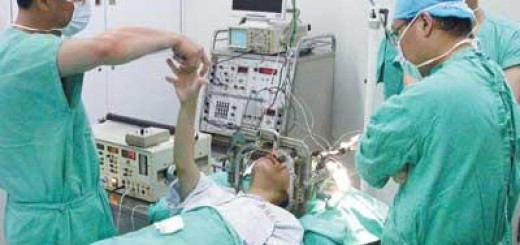| Share This Article
Research Frontiers of Medicinal Plants |
||
| DOWNLOAD |
|
Downloads Pharmacological Review of Ginsenoside Dammarane Saponin Rh2 Downloads Pharmacological Review of Ginsenoside Dammarane Saponin Rg1 Downloads Pharmacological Review of Ginsenoside Dammarane Saponin Rb1 Downloads Pharmacological Review of Aglycon Dammarane Sapogenin (AGS) – Protopanaxatriol (PPT) Downloads Pharmacological Review of Aglycon Dammarane Sapogenin (AGS) – Protopanaxadiol (PPD) |
Dammarane Sapogenin PPD (Protopanaxadiol) Induces Suicidal of Human Melanoma
Related Articles: The Ginsenoside 20-O-β-D-Glucopyranosyl-20(S)-Protopanaxadiol Induces Autophagy and Apoptosis in Human Melanoma via AMPK/JNK Phosphorylation. Abstract Here we report the anticancer activity of GPD and its mechanism of action in melanoma cells. GPD, but not its parent compound Rb1, inhibited melanoma cell proliferation in a dose-dependent manner. Further investigation revealed that GPD treatment achieved this inhibition through the induction of autophagy and apoptosis, while Rb1 failed to show significant effect at the same concentrations. The inhibitory effect of GPD appears to be mediated through the induction of AMPK and the subsequent attenuation of mTOR phosphorylation. In addition, GPD activated c-Jun by inducing JNK phosphorylation. Our findings suggest that GPD suppresses melanoma growth by inducing autophagic cell death and apoptosis via AMPK/JNK pathway activation. GPD therefore has the potential to be developed as a chemotherapeutic agent for the treatment of human melanoma. PMID: 25137374 [PubMed - as supplied by publisher] Source: PPT and PPD |








